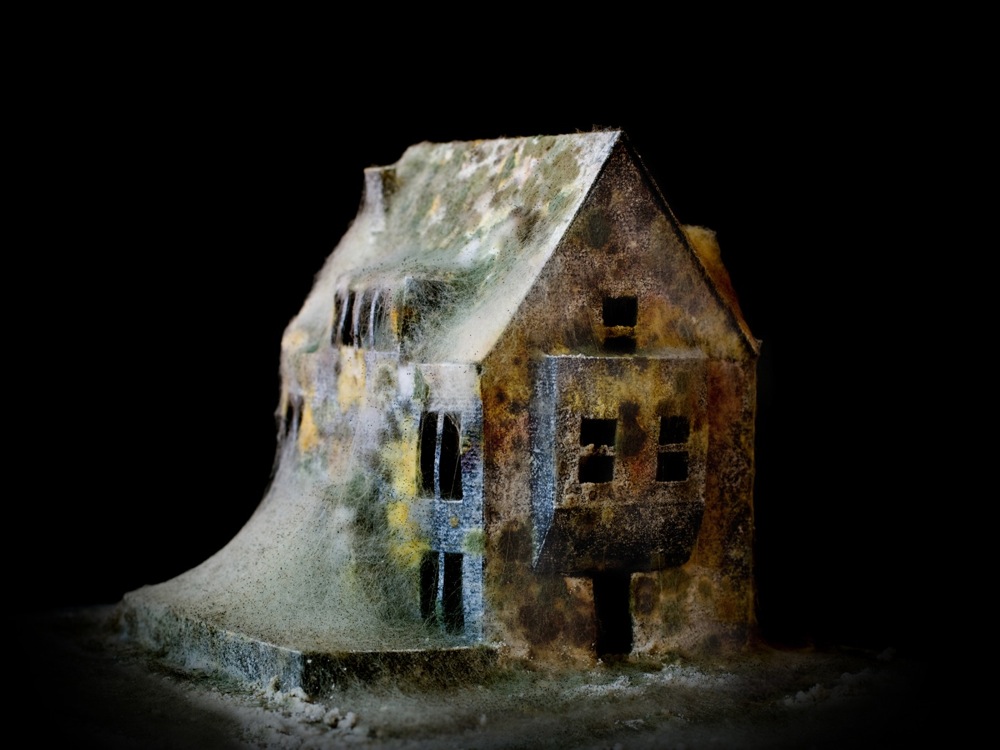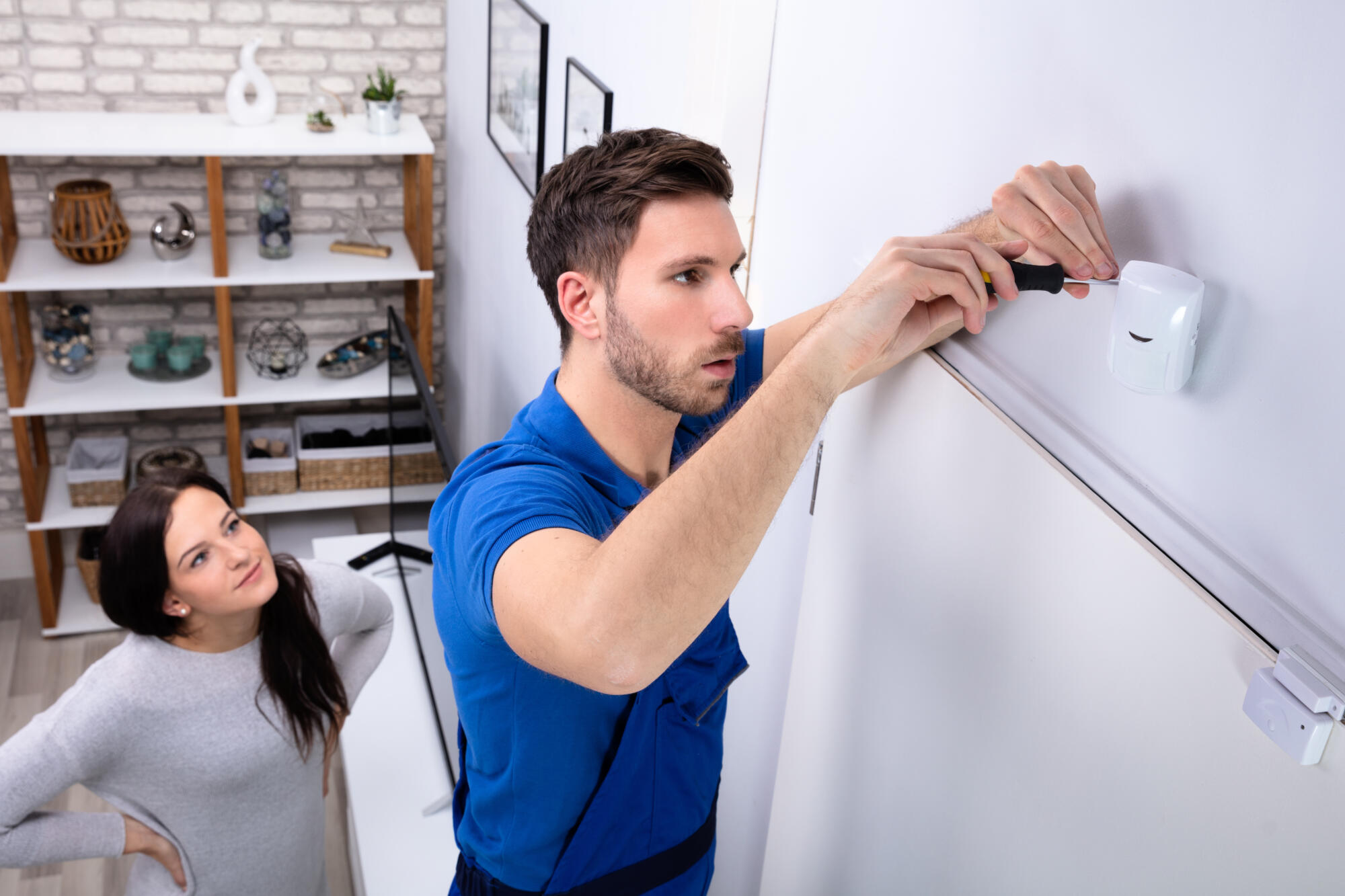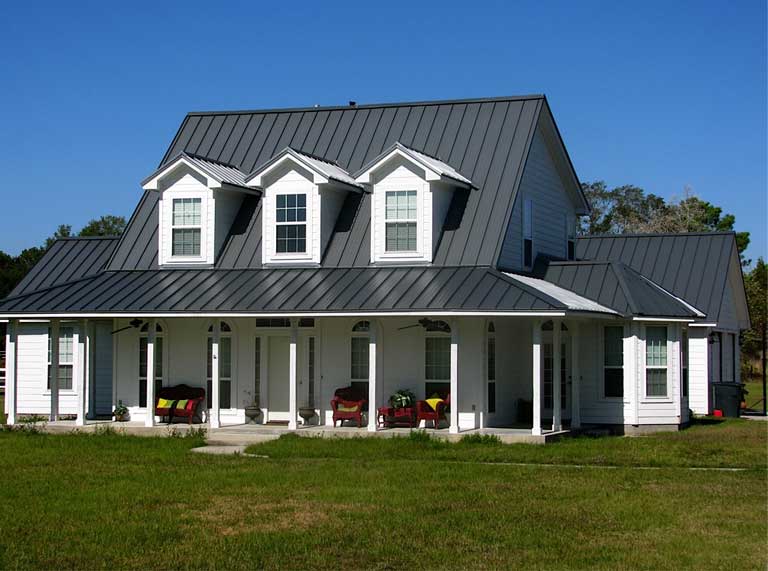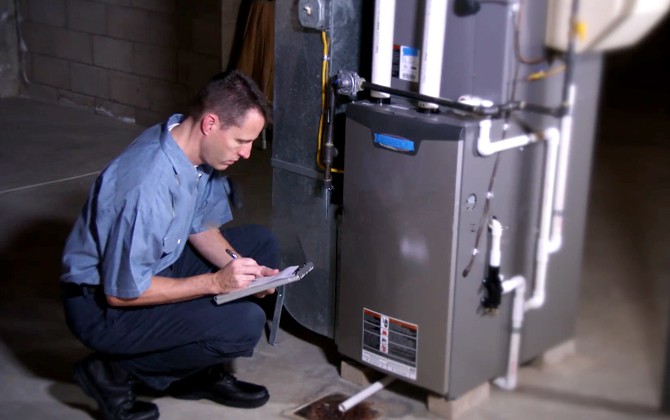When mold takes over your home there is only one thing to do – mold removal. As mold can be very dangerous to both your health and your possessions you mustn’t wait and let it spread.
Nevertheless, real mold removal doesn’t mean putting on your rubber gloves and using commercial cleaners to scrub the black patches you can see in-between the tiles in your bathroom. While this might help to temporarily get rid of mildew, if you want the mold permanently removed from your home, the only sane thing to do is call a professional removal service.
If you live in Ottawa or Montreal area, the company you can rely on is Mold Busters. Their team is composed of experienced people who will successfully get rid of your mold.
However, if you want to keep your home mold free after mold removal you should implement certain preventive measures that include indoor air quality testing.
In order to do so, you should firstly get the grip of what really causes mold to grow and sustain.
What causes mold?
To flourish mold doesn’t need much. The following 3 elements are enough:
- Moisture
- Nutrients
- Adequate temperature
Sources of moisture are plenty. Some of the most common ones are:
- Leaky pipes
- Damaged roofs
- Cracks in the walls
- Poor ventilation
- High humidity
- Condensation
That said, it is clear that in order prevent mold from thriving, you must keep your place ventilated and use ACs, dehumidifiers, and exhaust fans. Apart from that, you should repair all the leaky pipes and cracks you come across.
As far as the nutrients are concerned, mold can feed on different organic materials, such as wood, fabric, and rotten food. Therefore, you should keep those materials dry and check them regularly. Moreover, you should never keep decaying food leftovers in your kitchen, as mold will find its way to them easily.

Regarding the temperature, there is a wide range of adequate climate for mold – it can survive temperatures from 2 to 40°C. As the temperature of your home is somewhere in the middle, which makes it ideal for mold, the only thing to do here is regularly conduct mold and air quality inspections.
When and how to do indoor air quality testing?
If you have been experiencing allergy like symptoms throughout the whole year, you might have some hidden mold issues in your home.
Invisible microparticles of black mold, which is particularly harmful to our respiratory organs, invade the air we breathe and that way make it into our system.
That is the main reason why the air quality of living and working environment ought to be periodically tested.
There are two different indoor air quality testing methods – viable and non-viable air quality tests. They both have their advantages and drawbacks but are equally efficient means in the battle against mold. Their primary aim is to identify the type of mold in question and the extent of mold pollution.
It is important to mention that DIY air quality tests are not reliable and efficient. It’s a much better idea to hire a professional to do the testing for you. If in doubt who to call, you can always turn to Mold Busters who are a leading team of professionals in this area.
By having the indoor air tested you can be certain what your dealing with and do something about it, and that way improve the quality of your life.






